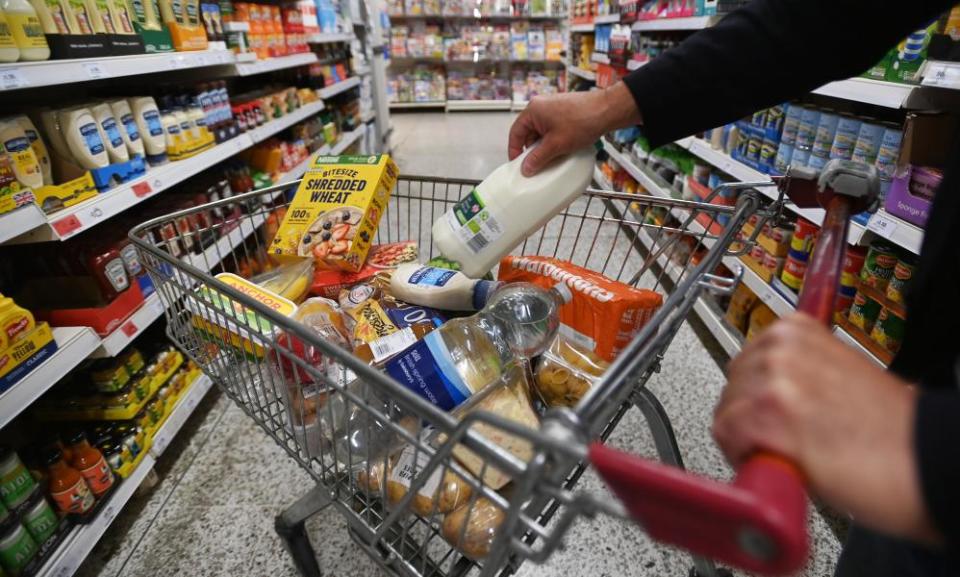UK inflation rise complicates Bank of England’s interest rate decision

For millions of households in Britain, there had been hope that the worst of the cost of living crisis was behind them. But last month’s unexpected increase for inflation – reversing three months of progress – is as a painful reminder the squeeze is far from over.
February’s surprise increase will complicate matters for the Bank of England, in particular. Financial markets had been betting over recent days that the worst banking crisis since 2008 could tempt Threadneedle Street to hold back from further interest rate rises. Before its next rate decision on Thursday, a further rise in borrowing costs is increasingly likely.
Soaring food prices were behind the latest jump for inflation, alongside rising alcohol prices in pubs and restaurants after discounting in January. With an increase for food and non-alcoholic drink inflation to a record high of 18% – the highest level in 45 years – Britain’s poorest households, who spend a larger share of their income on basic essentials, will be feeling the worst of the pinch.
Related: UK inflation rate in surprise rise to 10.4% as salad crisis pushes up prices
Supply shortages of salads and cucumbers drove much of the rise as bad weather in Europe, and supply chain disruption led to rationing on the supermarket shelves, raising questions over the impact of Brexit given the supply problem appeared not to be replicated in the EU.
For the Bank the focus will be on an unexpected increase in core inflation – the measure that strips out the effects of food and energy from the headline rate – after a jump from 5.8% in January to 6.2% last month. This could suggest that domestically generated inflation is proving more persistent than feared.
The suggestion is that Britain’s stronger economic performance than forecast at the start of the year could strengthen the power of businesses to keep pushing prices up, while rate setters will also be watching for signs that staff shortages are maintaining upward pressure on wage growth.
However, it is important to note that all the big forecasters are still expecting a significant drop in inflation later this year. It is not unusual for the headline rate to bob up and down from month to month, belying a more general trend in one direction or another.
This rapid fall – seen as “guaranteed” by one Bank rate setter, Silvana Tenreyro – comes about mostly because of the way inflation is calculated. Because the figure is for the annual rate of change in an average basket of goods and services, the surge in the immediate aftermath of Russia’s invasion of Ukraine a year ago will drop from the calculation. Inflation should therefore resume a downward trajectory in March, when this strong base effect from the comparison to March 2022 – when energy prices surged – is expected to lower the headline rate.
In April there should be a further fall, when consumer energy prices will hold steady but the anniversary of April 2022’s huge 54% increase in the Ofgem price cap is reached. This is helped further by the government extending its energy price guarantee at the current level of £2,500 for an average household bill.
Given this mixed picture, the Bank’s rate decision on Thursday could still be finely balanced. With inflation sticking at more than five times its 2% target rate, the optics of staying put during the cost of living emergency are tough to justify.
On the other hand, should the crash in the banking sector prove more than a blip, lenders reacting with caution to the crisis and making it harder for households and businesses to get a loan, will do some of the same work as higher interest rates.
With Britain’s economy still perilously close to recession, increasing rates much further could make the difference between a near miss and a worse outcome.

 Yahoo Finance
Yahoo Finance 